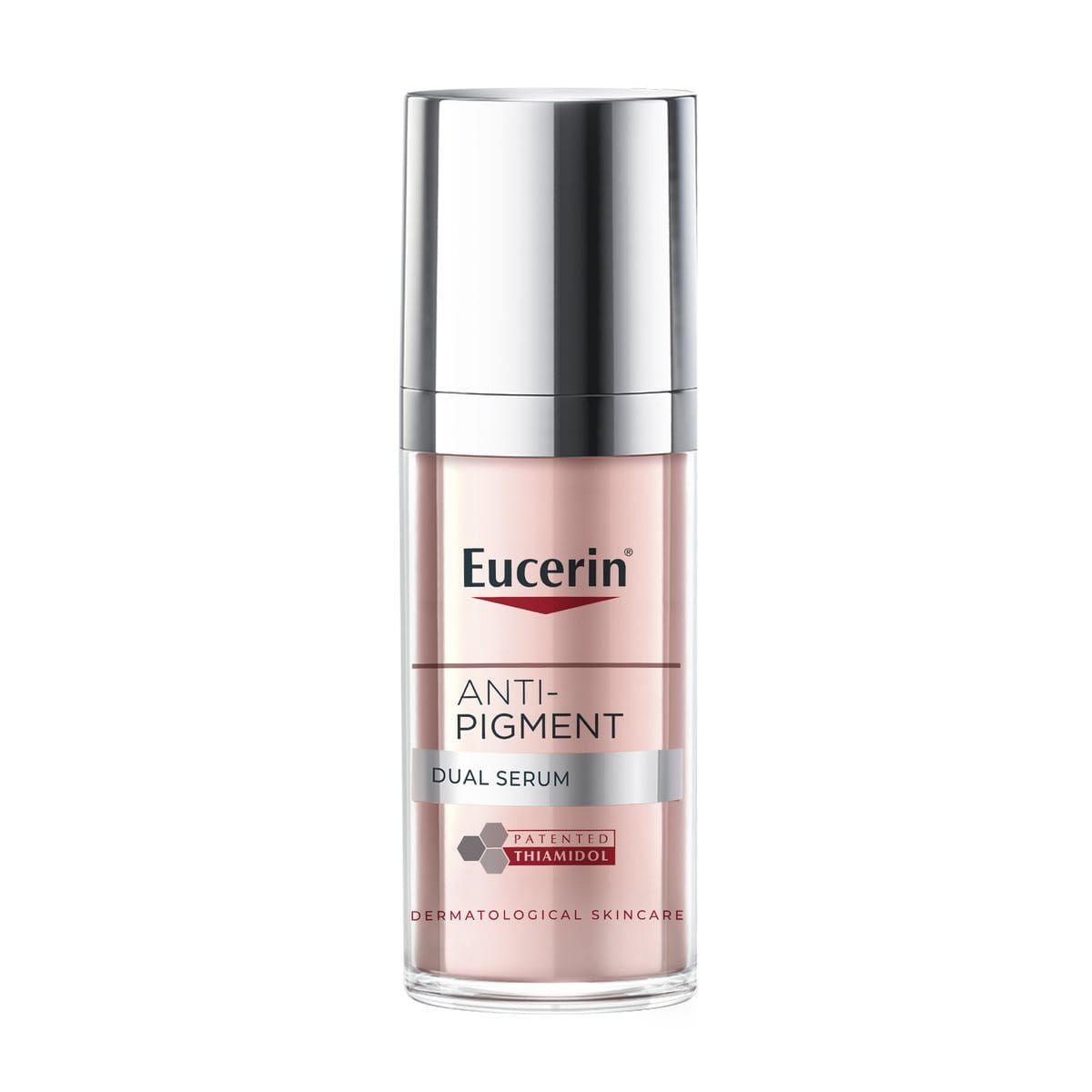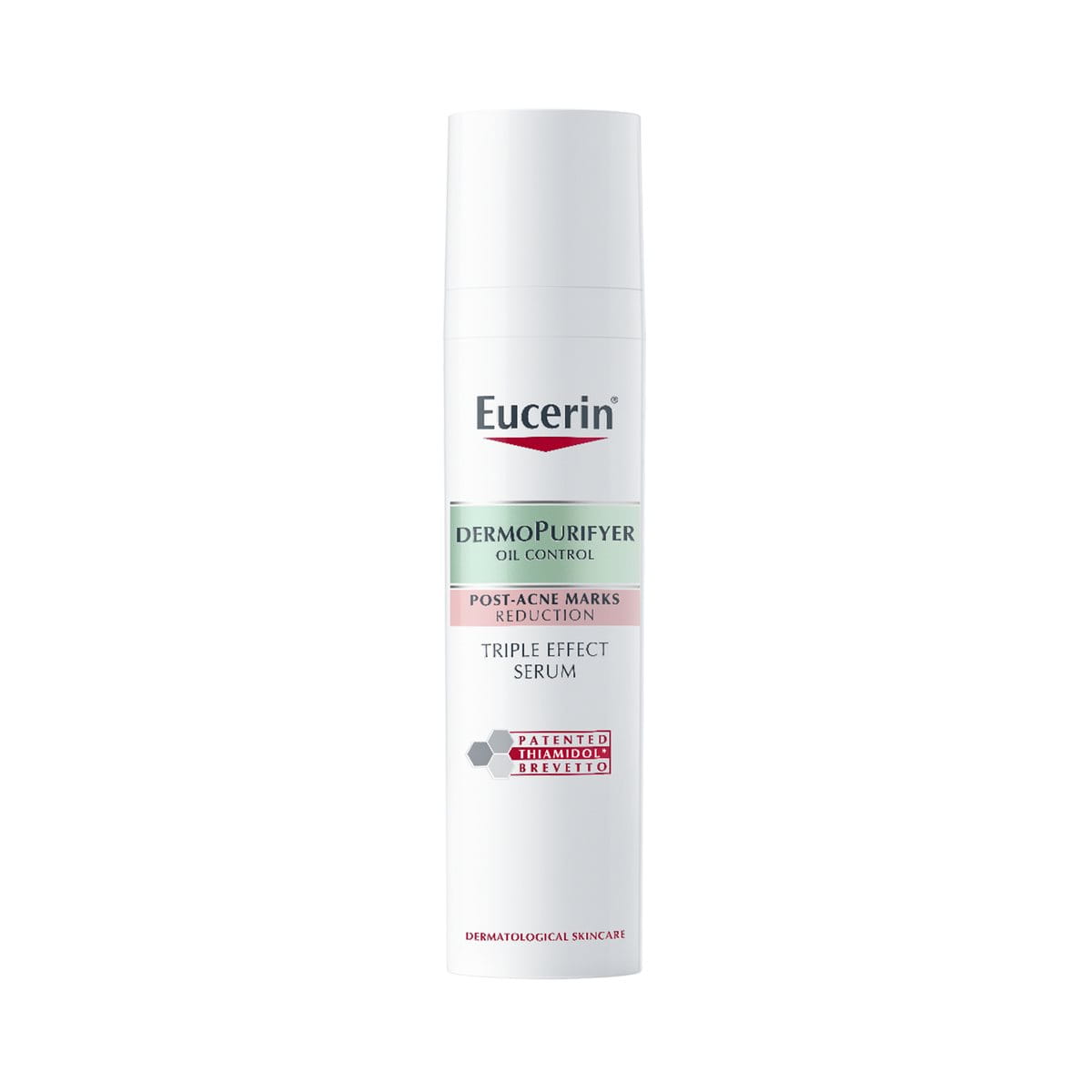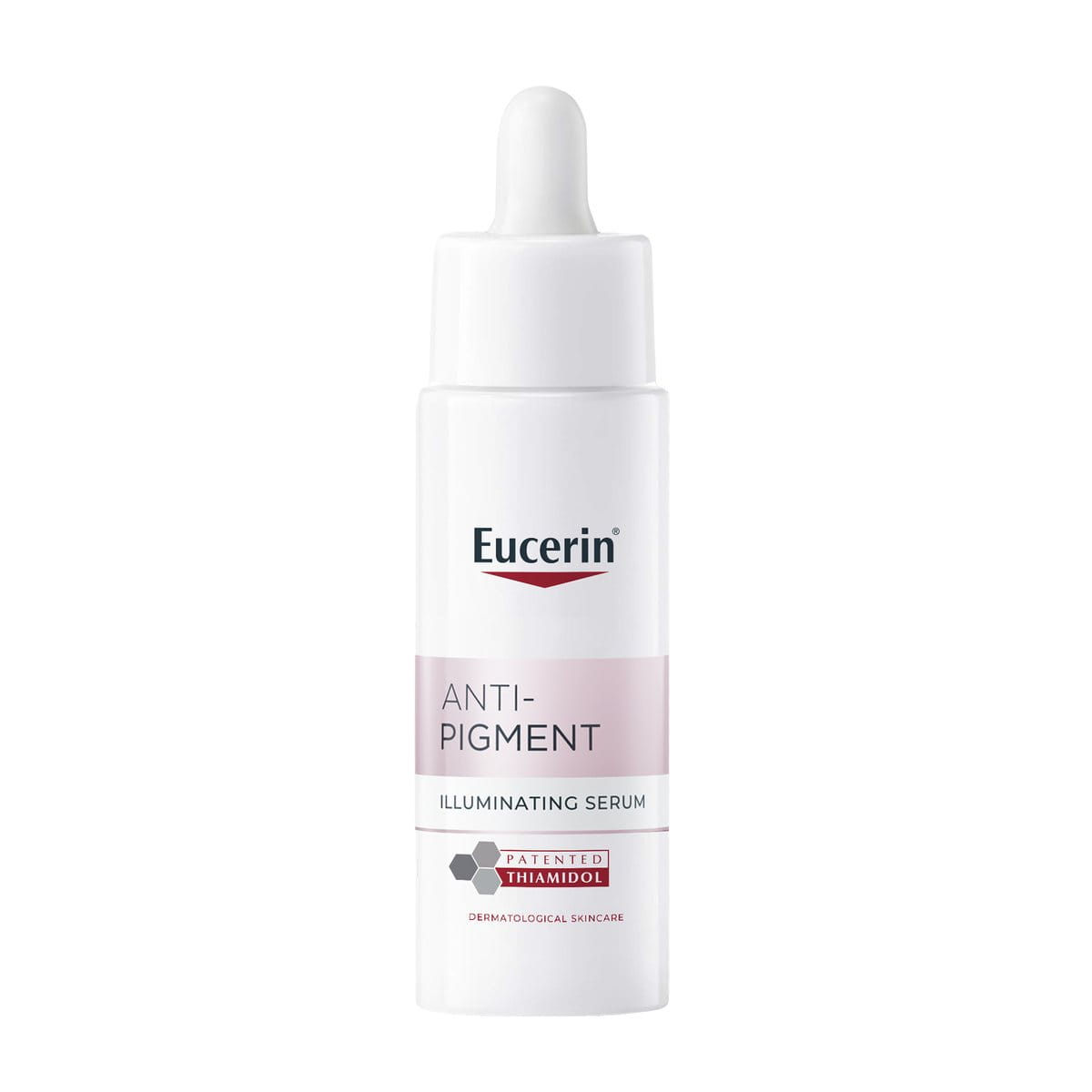Melasma is a well-known condition that occurs as dark discoloured patches on the skin. It is often confused with hyperpigmentation and primarily affects the facial regions of the body. While the good news is that melasma is medically harmless, its widespread occurrence may feel worrisome and psychologically impact the individuals affected by it. Hence, it is integral to understand melasma in detail, what is it, its effects as well as the treatment options available to mitigate its appearance. Follow along as we equip you with insights to address your concerns timely, promoting your skin health and overall confidence.
Keynotes:
- Melasma is a skin condition that manifests as dark patches on the skin
- It can be symmetrical and well defined, showing up on the face and neck.
- Treatment options include a combination of topical solutions, chemical peels and laser therapy.
- Broad spectrum SPF 50+ sunscreen is detrimental to your skin care routine for preventing the worsening of the condition.





